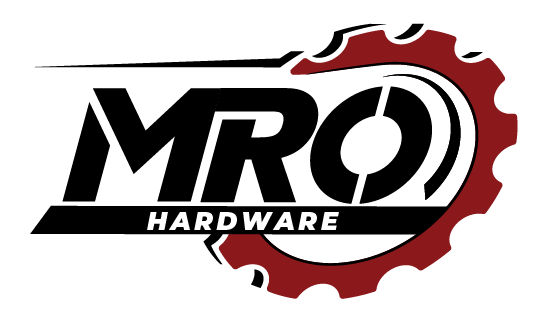Casters are essential tools for mobility in industrial, commercial, and residential applications. They consist of several key components, each contributing to the caster’s functionality and performance. By understanding the components of a caster and their roles, you can make informed decisions about selecting the right caster for your specific needs.
Key Components of a Caster
1. Wheel
The wheel is the most visible and essential part of a caster, as it provides the rolling functionality.
- Materials: Common materials include rubber, polyurethane, nylon, phenolic, and cast iron.
- Function: Wheels determine the load capacity, rolling resistance, and floor protection of the caster.
- Importance: The right wheel material ensures durability, smooth movement, and compatibility with different surfaces.
2. Mounting System
The mounting system connects the caster to the object it supports.
- Types:
- Plate Mount: A flat plate secured with bolts, ideal for heavy loads.
- Stem Mount: A rod or pin that inserts into a pre-drilled hole, suitable for lighter applications.
- Importance: The mounting system ensures stability and proper attachment, preventing accidents or malfunctions.
3. Swivel Mechanism
Swivel casters allow the wheel to rotate 360 degrees, providing enhanced maneuverability.
- Components: Swivel casters include a raceway with ball bearings for smooth rotation.
- Function: Enables objects to be moved easily in tight spaces or around corners.
- Importance: Critical for applications requiring high levels of maneuverability, such as office chairs or medical carts.
4. Rigid Frame
A rigid caster, in contrast to a swivel caster, has a fixed frame that restricts movement to straight lines.
- Function: Offers stability and control when moving heavy objects over long distances.
- Importance: Essential for applications where directional control is more important than maneuverability.
5. Brake System
The brake system ensures the caster stays stationary when needed.
- Types:
- Wheel Brake: Stops the wheel from rolling.
- Swivel Lock: Prevents the swivel mechanism from rotating.
- Importance: Enhances safety by preventing unintentional movement in applications like hospital beds or industrial equipment.
6. Bearing
Bearings are installed inside the wheel hub or swivel mechanism to reduce friction and enable smooth rolling or swiveling.
- Types: Ball bearings, roller bearings, and Delrin bushings.
- Function: Improves the caster’s performance by minimizing resistance.
- Importance: Crucial for reducing wear and tear and ensuring long-term durability.
7. Axle
The axle secures the wheel to the caster frame, allowing it to rotate.
- Function: Provides stability and alignment for smooth operation.
- Importance: A well-designed axle is essential for handling heavy loads and ensuring wheel longevity.
8. Frame/Bracket
The frame or bracket houses the wheel and connects to the mounting system.
- Materials: Often made from steel, aluminum, or plastic, depending on the load requirements.
- Function: Provides structural integrity and supports the weight of the load.
- Importance: A durable frame ensures the caster can handle its intended load capacity without deformation.
Additional Considerations
- Load Capacity: Different components, particularly the wheel and frame, determine the caster’s load-bearing ability.
- Environmental Conditions: Choose materials resistant to corrosion, extreme temperatures, or chemicals for specific environments.
- Customization: Casters can be customized with accessories like shock absorbers, directional locks, or anti-static wheels to suit specialized applications.
Conclusion
Casters are made up of several critical components, including the wheel, mounting system, swivel mechanism, brake system, bearings, axle, and frame. Each part plays a vital role in the caster’s functionality, durability, and suitability for various applications. By understanding these components, you can select the ideal caster to meet your mobility needs, ensuring safety, efficiency, and longevity in your operations. Whether for industrial machinery, hospital equipment, or office furniture, the right caster components make all the difference.

